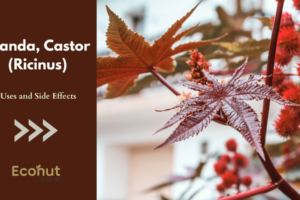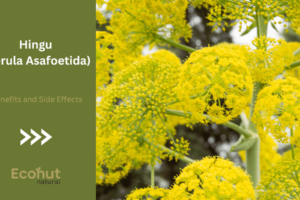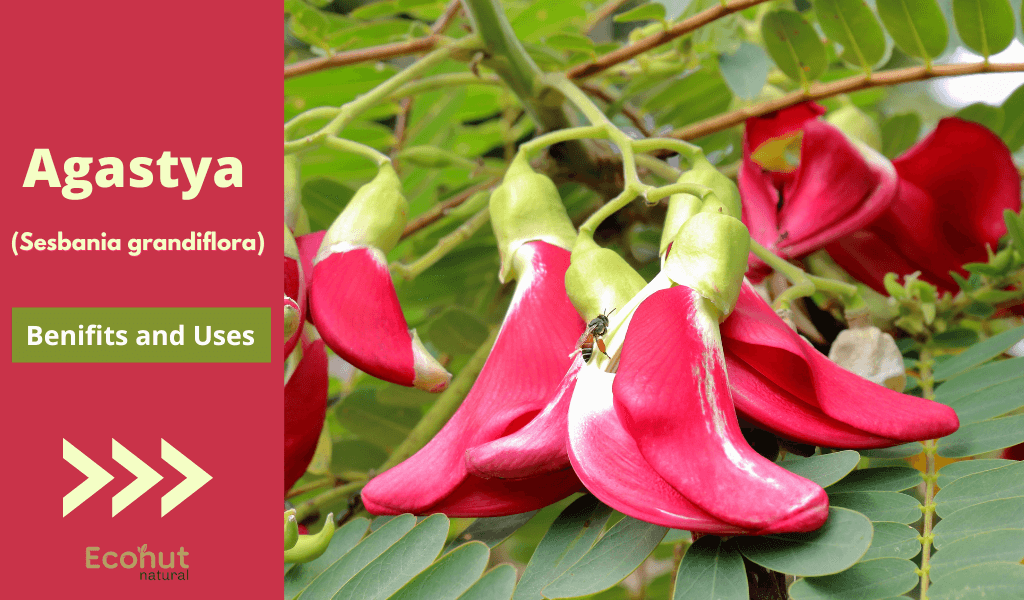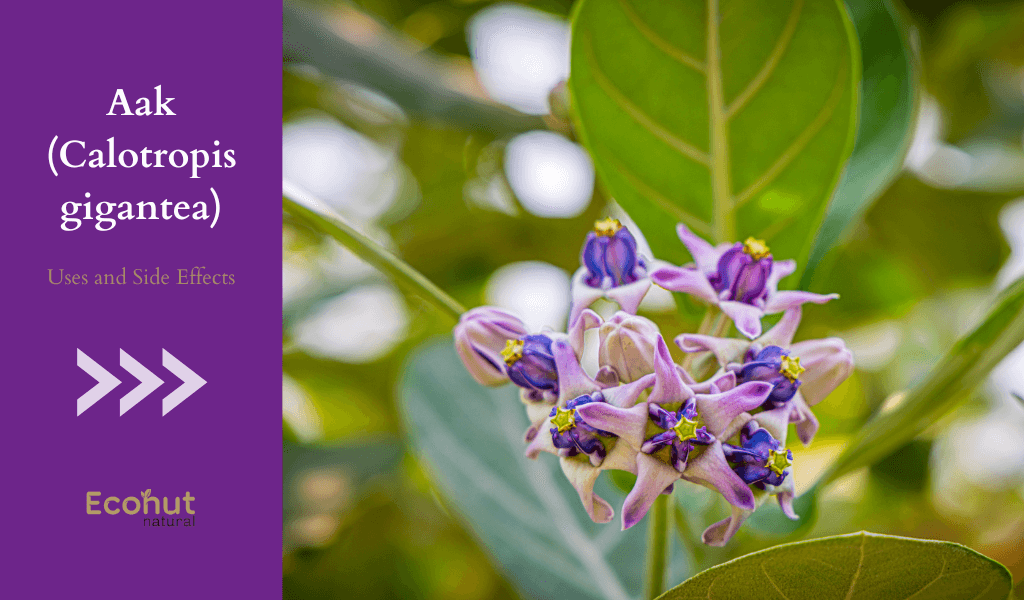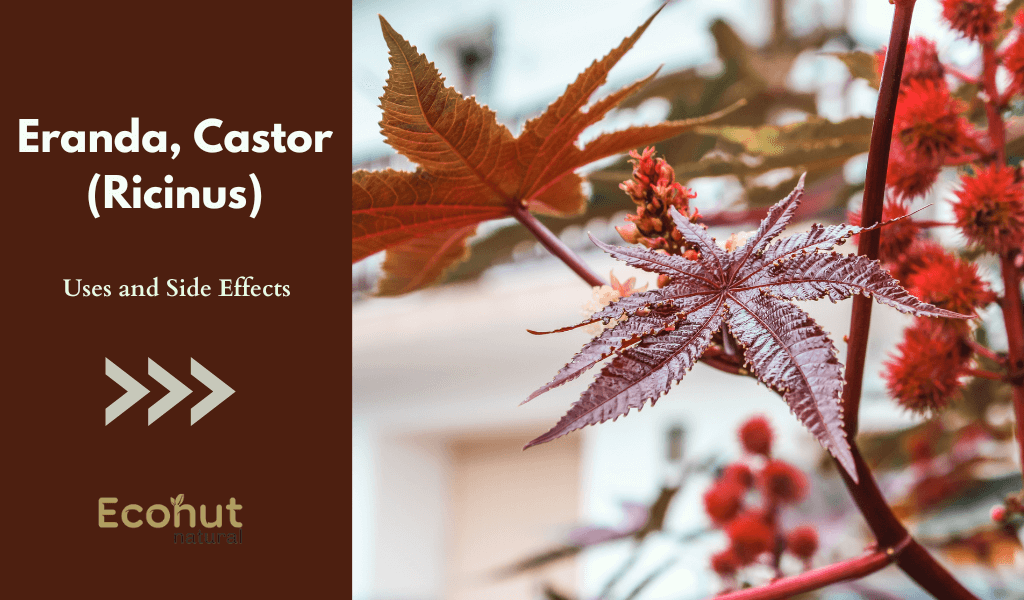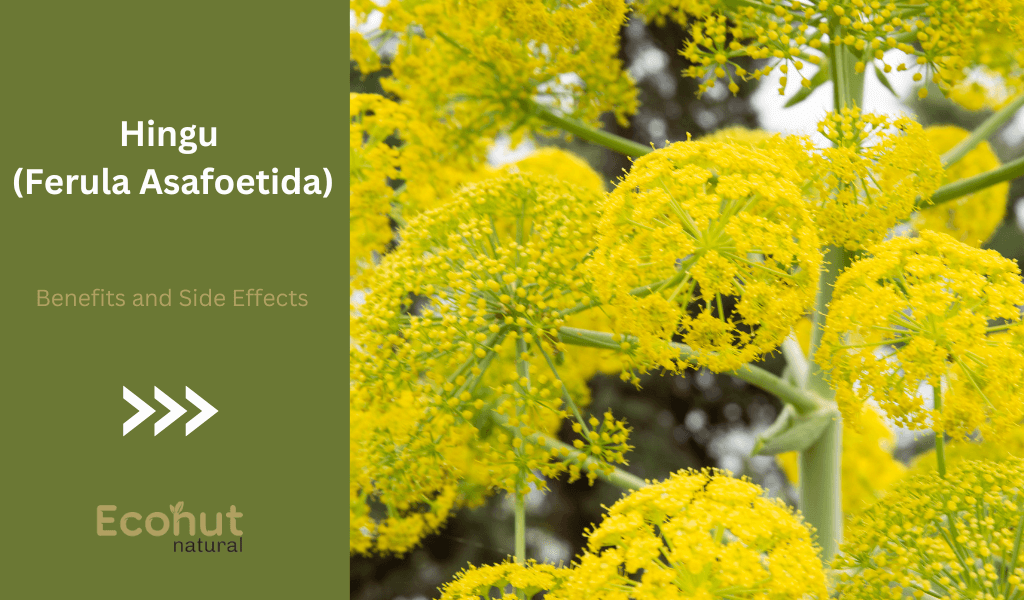Agastya, scientifically known as Sesbania grandiflora, is a species of flowering plant in the Fabaceae family. It is native to South Asia but is also found in other tropical and subtropical regions around the world.
Agatsya is a legume similar to moringa that appears to contain natural iodine. Agatsya plant derives its name from the fact that this herb is a favorite of Agatsya Munni and is commonly known as the hummingbird tree.
Scientific Classification of the Agastya
| Kingdom | Plantae |
| Order | Rosales |
| Family | Fabaceae (Papilionaceae) |
| Class | Dicotyledons |
| Subclass | Polypetalae |
| Series | Calyciflorae |
| Genus | Sesbania |
| Species | Grandiflora |
Names of Agastya
English Name: Agathi, West Indian Tree, Vegetable Humming Bird, Flamingo Bill, White Dragon Tree, Swamp pea, Sesban, Tree bean, Large flowered Agato, Brede
Hindi name: Aghastya, Agast, Hathya, Basna, Bakpushpa, Vakrapushpa, Agasi, Chogachi
Sanskrit name: Vangasena, Agasti, Agastya
Gujarati name: Agathiyo, Ayathio
Benefits of Agastya
Agastya, also known as Indian bay leaf or Malabar leaf (scientific name: Cinnamomum tamala), is an herb commonly used in Indian cuisine and traditional medicine. It offers several potential health benefits:
Antioxidant Properties:
Agastya leaves contain compounds like flavonoids and phenolic acids, which exhibit antioxidant activity. Antioxidants help neutralize harmful free radicals in the body, reducing oxidative stress and lowering the risk of chronic diseases.
Digestive Health:
Agastya leaves have carminative properties, which means they can help alleviate digestive issues like bloating, gas, and indigestion. They may also stimulate appetite and aid in the digestion process.
Blood Sugar Regulation:
There is some evidence to suggest that Agastya leaves may help regulate blood sugar levels. They may have hypoglycemic effects, making them potentially beneficial for individuals with diabetes or those at risk of developing the condition.
Weight Management:
Some research indicates that Agastya leaves may have anti-obesity properties. They may help promote weight loss by increasing metabolism and reducing fat absorption in the body.
Stress Relief:
In Ayurvedic medicine, Agastya leaves are sometimes used to alleviate stress and anxiety. They may have calming effects on the nervous system, promoting relaxation and overall well-being.
Antimicrobial Activity:
Agastya leaves have demonstrated antimicrobial properties against various pathogens, including bacteria and fungi. They may help inhibit the growth of harmful microorganisms and support overall immune health.
Respiratory Health:
Agastya leaves are often used in Ayurvedic medicine to treat respiratory problems such as coughs, colds, bronchitis, and asthma. They possess expectorant properties that help loosen phlegm and clear congestion in the respiratory tract.
Anti-inflammatory Effects:
Some studies suggest that Agastya leaves possess anti-inflammatory properties, which may help alleviate inflammation and associated symptoms in conditions like arthritis and inflammatory bowel diseases.
Parts Used:
- Leaves
- Bark
- Tender fruits
- Flowers
- The Whole Point
Dosage:
- Flower- 5 to 10
- Leaves juice- 10 to 20 ml
- Decoction- 50 to 100 ml
Also More: Lavender Oil Benefits and Uses
Side Effects of Agastya
Pregnancy and Breastfeeding:
The safety of Agastya plant consumption is not good during pregnancy and breastfeeding. Therefore, it’s advisable for pregnant or breastfeeding women to avoid its use unless under medical supervision.
Allergic Reactions:
Some individuals may be allergic to components of the Agastya plant. Allergic reactions can vary from mild symptoms like itching and hives to more severe reactions such as difficulty breathing or anaphylaxis.
Interactions with Medications:
Agastya plant extracts or supplements may interact with certain medications. For example, it may enhance the effects of drugs that lower blood sugar levels, potentially leading to hypoglycemia in diabetic individuals.
Gastrointestinal Disturbances:
Consuming large amounts of Agastya plant parts such as leaves or seeds may cause gastrointestinal issues such as stomach upset, diarrhea, or abdominal pain.
Toxicity:
Certain parts of the Agastya plant, particularly the seeds, contain toxic compounds such as saponins and alkaloids. Ingesting large quantities of these parts may lead to poisoning symptoms such as nausea, vomiting, or dizziness.
Conclusion
The Agastya plant, or Sesbania grandiflora, holds potential health benefits but may pose risks if consumed excessively or by sensitive individuals. Reported side effects include gastrointestinal disturbances, allergic reactions, and potential toxicity from certain parts like seeds. Limited research exists on its safety during pregnancy and breastfeeding, and it may interact with medications. Consulting a healthcare professional before use is advisable to mitigate potential risks and ensure safe consumption.
FAQs
What are the common names of Agastya?
Agastya is known by various names in different regions, including Agathi, Hummingbird tree, West Indian pea tree, and Vegetable Hummingbird.
What are the uses of Agastya?
Agastya is valued for its edible leaves, flowers, and pods, which are used in various culinary preparations. It is also utilized in traditional medicine for its purported health benefits. Additionally, it serves as a fodder crop and is used in agroforestry systems.
What are the health benefits of Agastya?
Agastya is believed to have several health benefits, including its potential as an antioxidant, anti-inflammatory, and antimicrobial agent. It is also reputed to have antidiabetic properties and may aid in lowering cholesterol levels.




